Last week we explained tonal range, and in that post we referred to something called contrast. Some photographers refer to a photograph as having good contrast. Some might even say a photo is a bit too contrasty. What does the term contrast mean, and how does it differ from tonal range?
Contrast (also known as density) refers to the differences in light and dark areas of an image, or the differences in tonal range. A photo may be considered to have high contrast if there is a higher degree of difference between the light and dark areas. These photos are sometimes called contrasty. On the flip-side, a photo has low contrast if the differences in light and dark areas are minimal.

Contrast is what makes up an image. If a photo did not have contrast, you wouldn’t be able to detect if a subject was even captured. For example, imagine a white circle on a black piece of paper. The circle is visible because it is lighter than the background, meaning it has high contrast. Imagine the circle being a darker shade of gray. It would still be visible on the black background, although it would have low contrast. Every visible part of a photo is distinguishable because of its contrast in tonal range. Now, imagine a black circle on the same piece of black paper. It would be extremely difficult to see the circle because of the lack of contrast, wouldn’t it?

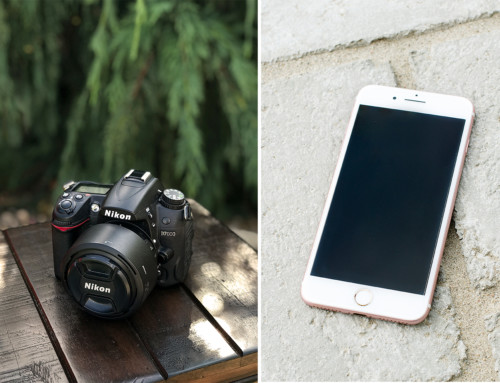
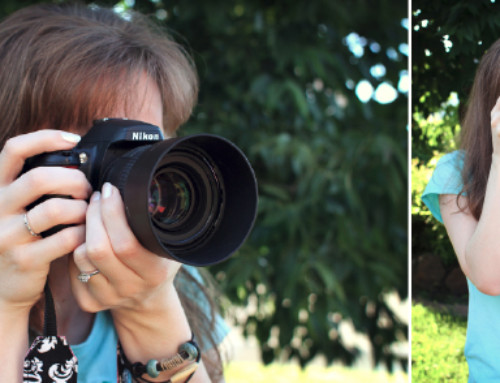
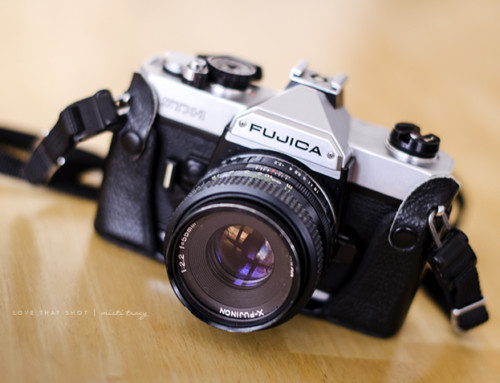
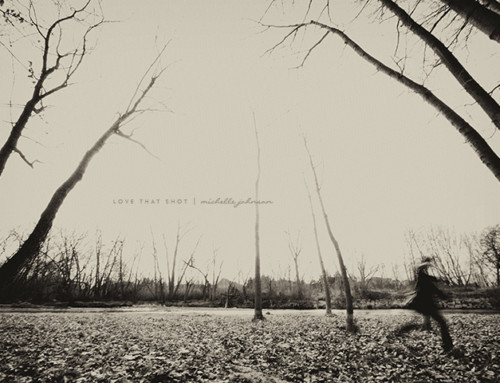



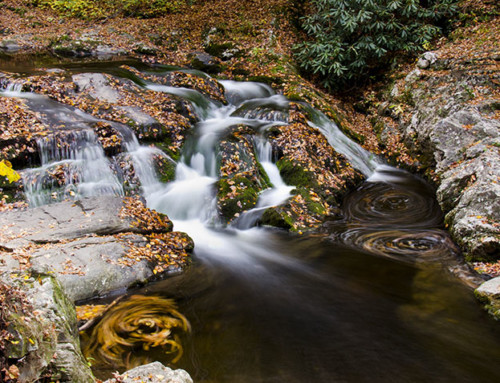
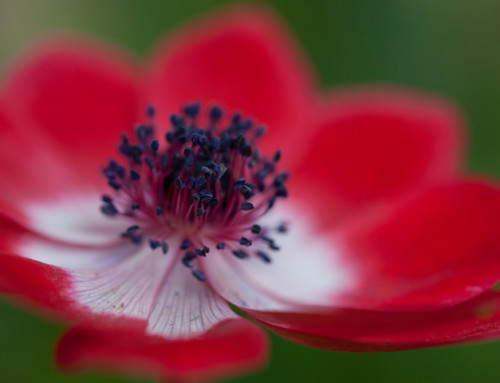
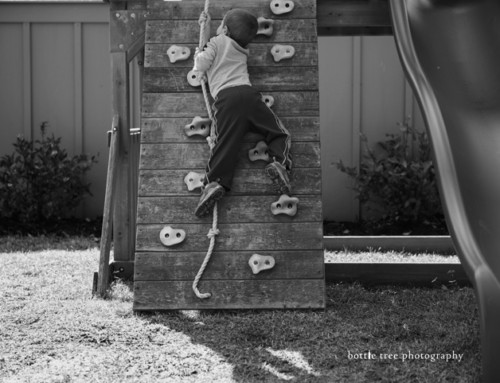

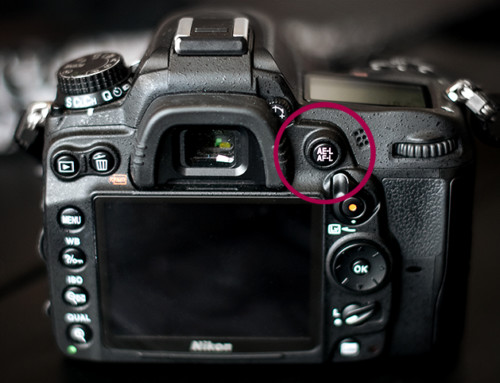
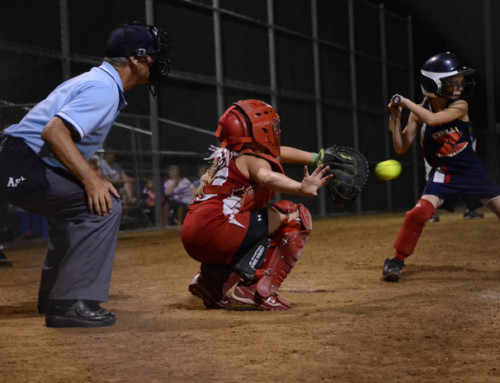
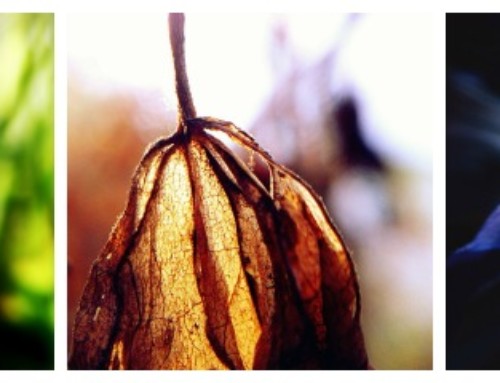
Leave A Comment